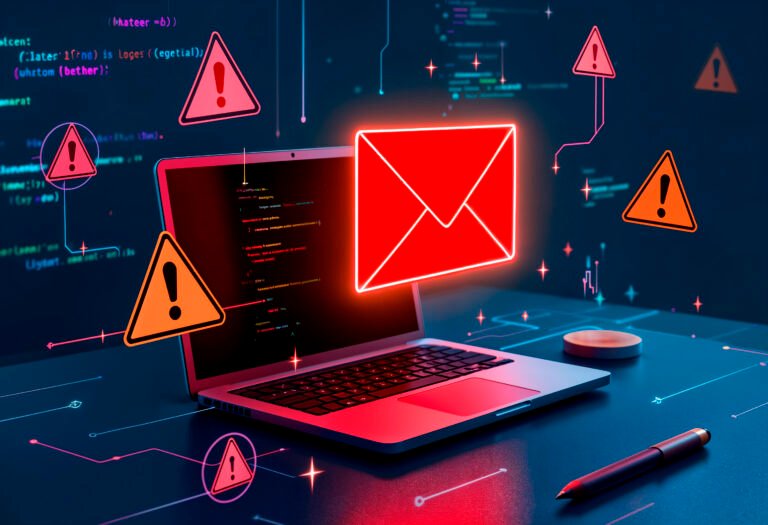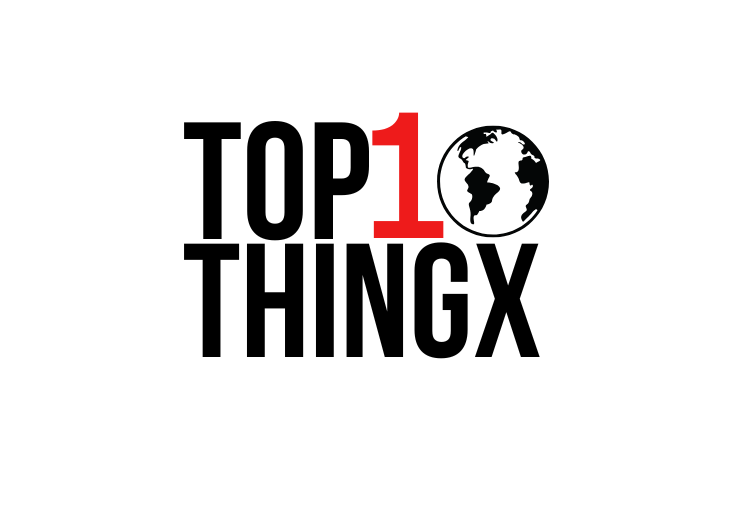
As technology evolves at lightning speed, so do cyber risks. In 2025, the digital world will face some of the most complex and unpredictable cybersecurity threats ever seen. From AI-driven hacking tools to cloud security loopholes, attackers are finding smarter ways to infiltrate networks, steal data, and exploit vulnerabilities.
In this article, we’ll explore the Top 10 Cybersecurity Threats to Watch in 2025, analyze how AI in cybersecurity is changing defense mechanisms, and discuss what individuals and organizations can do to stay one step ahead.
1. AI-Driven Cyber Attacks
With AI in cybersecurity, automation has made it easier to identify and respond to threats. However, cybercriminals are now using the same technology to create more sophisticated attacks. In 2025, AI-generated malware and deepfake phishing campaigns will be common. These threats can mimic human behavior, making them extremely difficult to detect using traditional methods.
To counter this, businesses must adopt AI-powered defense systems capable of learning and adapting in real time.
2. Cloud Security Breaches
As more businesses migrate to the cloud, cloud security remains one of the biggest concerns in cybersecurity threats 2025. Misconfigured cloud settings, weak authentication, and unsecured APIs can leave sensitive data exposed.
Organizations should implement Zero Trust frameworks, use multi-factor authentication (MFA), and perform regular cloud audits to mitigate these risks. Investing in cloud encryption and continuous monitoring will be essential for securing data in 2025.
3. Ransomware Evolution
Ransomware continues to be one of the most profitable cybercrimes, and in 2025, attackers are expected to use AI-driven ransomware that adapts during attacks. These malicious programs can automatically find critical files and encrypt them before demanding payment.
Cybersecurity experts predict that instead of simple data encryption, future ransomware will threaten to leak or manipulate sensitive data for blackmail or financial gain.
4. Phishing and Removed Scam Email Tactics
Even with advanced spam filters, phishing attacks are becoming increasingly deceptive. In 2025, attackers will use AI and machine learning to create convincing messages that bypass email filters and trick users into revealing personal data.
The concept of removed scam email refers to phishing emails that vanish after being read or detected—making investigation nearly impossible. To combat this, users must be trained regularly to recognize fraudulent messages and verify sources before clicking links.
5. Internet of Things (IoT) Vulnerabilities
Smart homes, wearables, and connected devices make life easier—but they also increase attack surfaces. Many IoT devices lack strong security features, leaving them exposed to hacking. In 2025, cybercriminals could exploit these weaknesses to create massive botnets or gain unauthorized access to private networks.
To safeguard IoT environments, ensure regular firmware updates and segment IoT devices from main networks.
6. Supply Chain Attacks
Cybercriminals are targeting third-party vendors and service providers to infiltrate larger systems. This type of cybersecurity threat bypasses strong internal defenses by compromising trusted partners.
In 2025, such attacks will become more frequent due to the rise in interconnected business systems and shared cloud environments. Continuous vendor risk assessments and secure data-sharing protocols are key to minimizing these threats.
7. Data Privacy Exploitation
With stricter data protection laws emerging globally, hackers are shifting focus to exploiting personal and biometric data. In 2025, data privacy threats will go beyond traditional breaches—attackers might manipulate stored information for identity theft or misinformation campaigns.
Organizations must prioritize encryption, implement stronger access controls, and ensure compliance with data protection regulations.
8. Insider Threats
Not all cybersecurity risks come from outside. Disgruntled employees or careless staff can unknowingly expose company systems to harm. In 2025, with more remote and hybrid work setups, insider threats will continue to rise.
Companies should monitor internal systems, restrict access based on roles, and foster a strong security culture to reduce such incidents.
9. Quantum Computing Risks
Quantum computing offers incredible potential—but it also poses a significant cybersecurity threat. Once quantum computers become more accessible, traditional encryption methods could be broken within seconds.
Organizations must start preparing for post-quantum cryptography to safeguard sensitive information before this technology becomes mainstream.
10. Social Engineering Attacks
Social engineering remains one of the most successful forms of attack. Hackers exploit human psychology through manipulation, fake urgency, or emotional triggers. In 2025, these attacks will combine AI deepfakes, voice cloning, and social media profiling to deceive even tech-savvy users.
Regular training, awareness programs, and multi-level verification systems can greatly reduce the success rate of these tactics.

Cybersecurity Trends 2025: What to Expect
The upcoming year will witness groundbreaking cybersecurity trends such as:
- Widespread use of AI in cybersecurity for real-time threat analysis.
- Greater emphasis on cloud security and zero-trust networks.
- Increased investment in cyber resilience strategies.
- Development of quantum-safe encryption protocols.
- Automation in detecting and removing scam emails and phishing attempts.
By understanding these cybersecurity threats 2025, organizations can better prepare their infrastructure for evolving challenges.
Conclusion
As we move into a more connected and digital world, the line between physical and cyber threats continues to blur. Staying informed about the Top 10 Cybersecurity Threats to Watch in 2025 is crucial for businesses and individuals alike.
Investing in AI in cybersecurity, prioritizing cloud security, and promoting awareness about phishing and removed scam email tactics can make a significant difference in your digital safety.
Being proactive today ensures a safer tomorrow.
1. What are the biggest cybersecurity threats in 2025?
The top cybersecurity threats 2025 include AI-driven attacks, cloud security breaches, ransomware, phishing, and IoT vulnerabilities.
2. How is AI changing cybersecurity?
AI in cybersecurity improves threat detection and response time but also enables hackers to create smarter, adaptive malware and scams.
3. How can businesses strengthen cloud security in 2025?
Businesses can protect their data by implementing Zero Trust security, using MFA, encrypting data, and conducting regular cloud audits.
